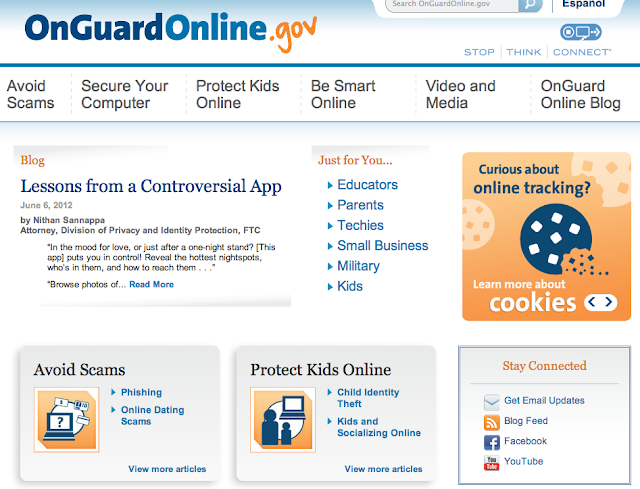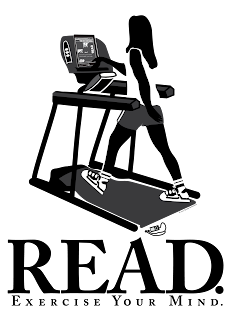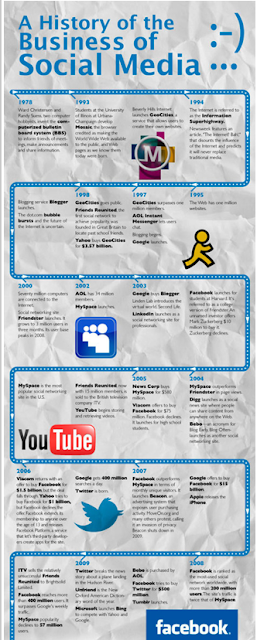This infographic just came in from Krisca Te of Open Colleges, based in Sydney, Australia. The data used is from a variety of sources. See bottom right corner for source material.


OnGuardOnline.gov is a partner in the Stop Think Connect campaign, led by the Department of Homeland Security, and part of the National Initiative for Cybersecurity Education, led by the National Institute of Standards and Technology.


 Download a thick page-turner mystery or best seller, start walking (hold on to the treadmill’s siderails or your eReader) and shed pounds while getting your cardio exercise. This is a book lover’s fitness secret. In fact, I bet schools could help fight youth obesity and increase literacy levels with this secret strategy: an hour a day walking with a book. Librarians and coaches could collaborate on how to best use these cool tools: eReaders, eBooks, and treadmills.
Download a thick page-turner mystery or best seller, start walking (hold on to the treadmill’s siderails or your eReader) and shed pounds while getting your cardio exercise. This is a book lover’s fitness secret. In fact, I bet schools could help fight youth obesity and increase literacy levels with this secret strategy: an hour a day walking with a book. Librarians and coaches could collaborate on how to best use these cool tools: eReaders, eBooks, and treadmills. 

The history of social media in a timeline format (info graphic) is a useful tool for teacher librarians and others. For many, it is a walk down memory lane. See the full timeline at http://www.siliconrepublic.com/new-media/item/25854-the-history-of-social-media
Add some education data points:
Top trends and issues: